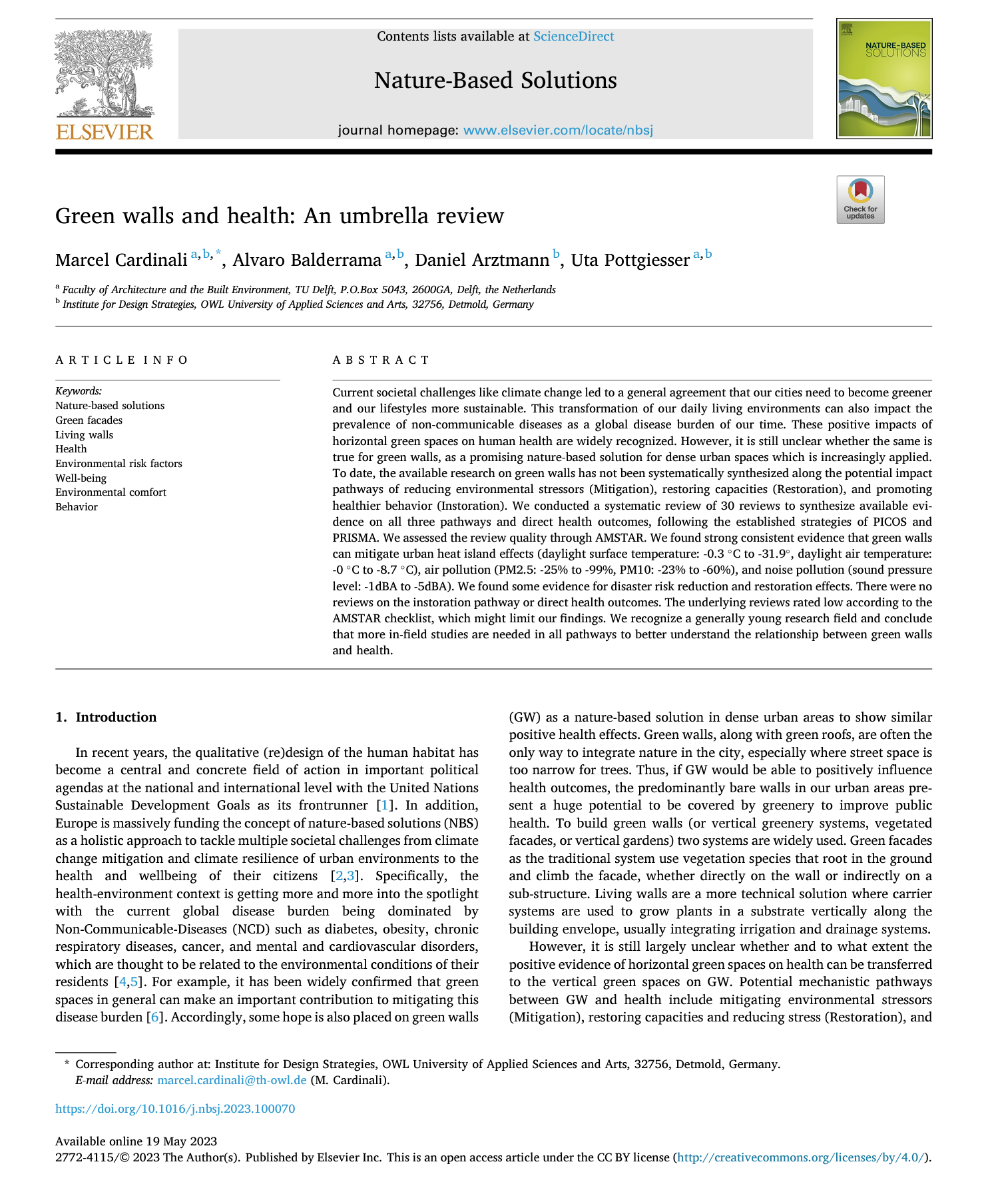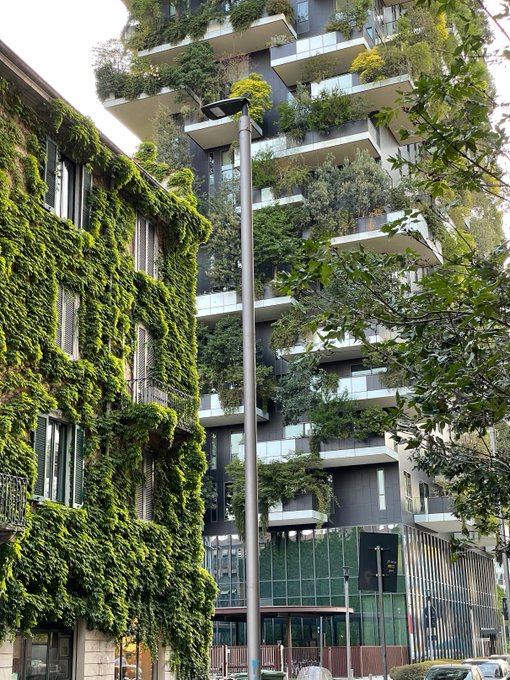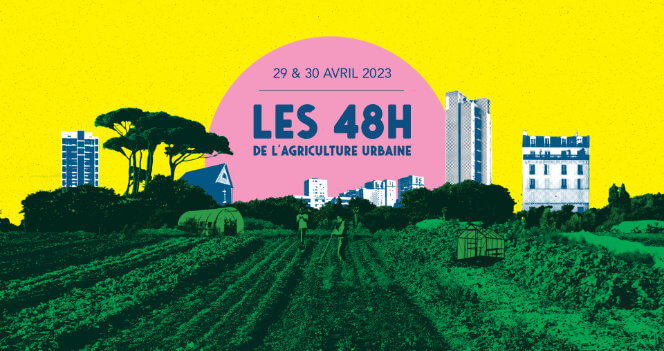Nature-Based Solutions: Green Walls and Health: An Umbrella Review
URBiNAT Scientific Partners Marcel Cardinali and Uta Pottgiesser from the Institute for Design Strategies at the OWL University of Applied Sciences and Arts (Germany), are the co-authors of a recent publication on the health benefits of green walls in urban areas. The study, which synthesized available evidence from different science fields on the relationship between green walls and health, is published in the Journal Nature-based Solutions (Elsevier, ScienceDirect, 2023)
Highlights
- Green walls as a nature-based solution for dense urban areas are associated with a variety of positive indirect effects on health.
- We synthesized available evidence from different science fields on the relationship between green walls and health.
- We found strong consistent evidence for mitigation effects of green walls regarding air pollution, noise pollution, and surface temperature reduction.
- We found some evidence in disaster risk reduction, air temperature reduction, and restoration effects, but no research on the effects of green walls to promote healthy behavior or on direct health outcomes.
- We observed similar mechanisms in pathways between green walls and health compared to green space and health, where the body of evidence is stronger. Thus, we conclude that true positive effects are highly probable.
Abstract
Current societal challenges like climate change led to a general agreement that our cities need to become greener and our lifestyles more sustainable. This transformation of our daily living environments can also impact the prevalence of non-communicable diseases as a global disease burden of our time. These positive impacts of horizontal green spaces on human health are widely recognized. However, it is still unclear whether the same is true for green walls, as a promising nature-based solution for dense urban spaces which is increasingly applied. To date, the available research on green walls has not been systematically synthesized along the potential impact pathways of reducing environmental stressors (Mitigation), restoring capacities (Restoration), and promoting healthier behavior (Instoration). We conducted a systematic review of 30 reviews to synthesize available evidence on all three pathways and direct health outcomes, following the established strategies of PICOS and PRISMA. We assessed the review quality through AMSTAR. We found strong consistent evidence that green walls can mitigate urban heat island effects (daylight surface temperature: -0.3 °C to -31.9°, daylight air temperature: -0 °C to -8.7 °C), air pollution (PM2.5: -25% to -99%, PM10: -23% to -60%), and noise pollution (sound pressure level: -1dBA to -5dBA). We found some evidence for disaster risk reduction and restoration effects. There were no reviews on the instoration pathway or direct health outcomes. The underlying reviews rated low according to the AMSTAR checklist, which might limit our findings. We recognize a generally young research field and conclude that more in-field studies are needed in all pathways to better understand the relationship between green walls and health.

Authors & Co-Authors
Other URBiNAT Research Outputs
URBiNAT has a substantial and growing archive of academic papers, books, conference proceeding, policy white papers and other outputs in connection with the project. Click on the link below for access to all outputs.







